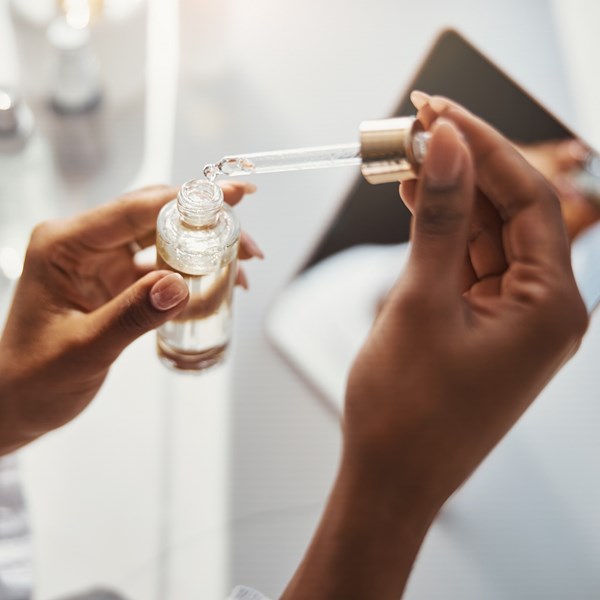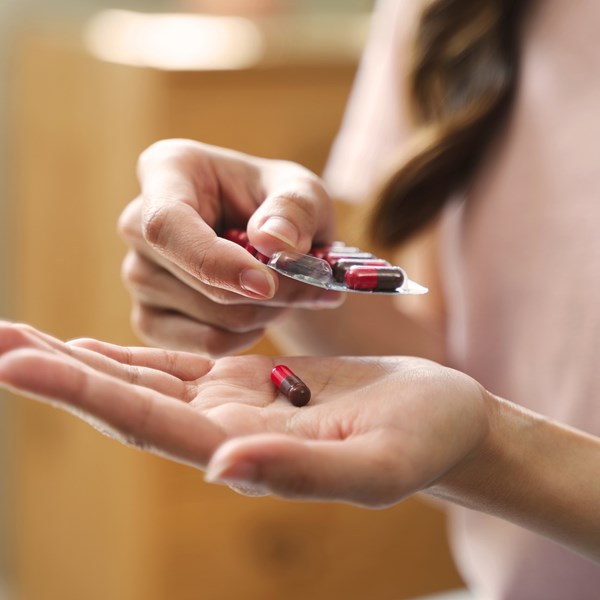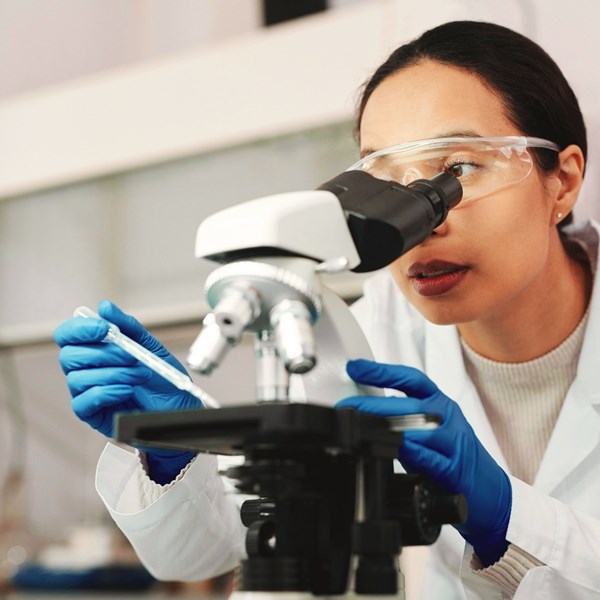As part of The Next 100 Days guide, which identifies the key IP issues that businesses should be focussing on right now, we look at the topic of Crown Use and how it might impact on innovators in the wake of the pandemic.
Governments across the world are under increasing pressure to secure a vaccine and ensure adequate supply of medical devices and equipment to tackle Covid-19. Numerous pharmaceutical companies and laboratories have been co-opted into national efforts to scale-up testing capacity, whilst refocussing their own efforts to develop vaccines and other therapeutics. Meanwhile, manufacturers have been urged to switch production, where possible, to making essential items, such as ventilators and personal protective equipment (PPE). With this comes the risk that a patentee, with rights to the original inventive concept behind a product they are manufacturing, asserting those patent rights.
Reflecting this concern, on 20 May 2020, the WHO adopted a resolution calling on international organisations and other relevant stakeholders to work collaboratively, including through existing mechanisms for voluntary pooling and licensing of patents.
Further, in such circumstances, the UK Government, for example, has the option to invoke a rarely-used mechanism called the ‘Crown Use Exemption’.
WHAT THE LEGISLATION SAYS
The UK Patents Act states that “any government department and any person authorised in writing by a government department may, for the services of the Crown, do specified acts in the UK in relation to a patented invention without the consent of the proprietor of the patent”.
Further, it clarifies that “the services of the Crown” include the production or supply of specified drugs and medicines.
Further still, the legislation goes on to specify a longer list of purposes for which it may be used during a period of emergency.
THE PROCESS IN ACTION
In the circumstances where Crown Use is invoked, a licence is effectively ordered between the patentee and the relevant government department. However, as set out in the legislation, the patentee (or exclusive licensee, if applicable) is still entitled to royalties and/or compensation for the potential loss of profit incurred e.g. through not securing a contract providing the drug at market price.
The terms of the licence, including royalty rates, are agreed between the Government and patentee with approval of the Treasury (or in the case of dispute, by the courts).
This affords the Government a lot of freedom in that the authorisation need not specify the UK or European (UK) patents being licensed, but just the act being undertaken. For example, for an apparatus protected by multiple patents, the Government can be provided with authorisation without requiring specific knowledge or even identifying each potentially infringed patent. Moreover, government authorisation can be given retrospectively.
PAST APPLICATION
Crown Use has only occasionally been enacted in the past specifically for pharmaceuticals: in the 1960s and 1970s generic versions of the antibiotic tetracycline were purchased for use in NHS hospitals from a manufacturer in Italy without the patent holder’s (Pfizer) consent.
Helpfully, the Crown Use provisions were clarified in a recent 2020 High Court decision (IPCom v Vodafone), where the defendants, Vodafone, were successful in asserting a Crown Use defence. This related to Vodafone’s emergency access to the mobile phone network services provided under a contract with the UK government. The court here also confirmed that the words “for the services of the Crown” do not necessarily mean that the use must benefit the Crown itself directly, giving it a broad interpretation. This decision also confirmed that the list of services provided under the legislation are non-exhaustive; the provision of medical devices and equipment for use by the NHS will seemingly fall within the definition of services to the Crown.
However, as has been acknowledged in Parliamentary debates previously, Crown Use was not intended to circumvent commercial agreements or be a mechanism to produce medicines at a lower price. Whether this analysis of the legislation (or indeed this aspect of the legislation) survives the current crisis is harder to judge.
COMPULSORY LICENSING
Compulsory licensing, also provided for under the Patents Act 1977, can also be used in theory to speed up the process. However, in practice, this is likely to be a more restrictive route than the Crown Use Exemption, as a party must apply for a compulsory licence to the UKIPO and demonstrate that a patented invention is not being made available in the UK to the fullest extent reasonably practicable i.e. where this non-use is against the public interest.
Furthermore, an applicant must also have made unsuccessful efforts (for a reasonable period of time) to obtain a licence from the patent owner on reasonable terms.
By way of an example, a Covid-19-related compulsory licence was granted in Israel on 18 March 2020, which allowed the state to import a generic version of pharmaceutical company, AbbVie’s Kaletra from India for the treatment of coronavirus patients. However, AbbVie later confirmed that it would not enforce global patent rights on all formulations of the drug when it was identified to treat severe COVID-19 in several clinical trials.
WHAT HAPPENS NEXT?
Whether the Government will ultimately need to invoke Crown Use will of course depend on the future availability of key treatments and equipment, in addition to the rights holders’ ability to meet supply and demand at an affordable cost, and indeed their commercial approach to the issue. It should also be noted that, since the Government has not declared a state of emergency, it cannot currently make use of the longer list of purposes for invoking the Crown Use Exemption.
In reality, it is likely that most patentees would cooperate with the Government to ensure critical human needs are met as quickly and widely as possible. Indeed, several pharmaceutical companies like AbbVie are already waiving their patent rights to help ensure mass-market availability. A high-profile group of US and UK-based scientists, lawyers, entrepreneurs and individuals are even developing a formal licence that encourages rights holders to permit others to use their IP at no cost. It is also notable that other pharmaceutical companies have taken alternative steps to demonstrate their willingness to support global efforts, such as Gilead Sciences’ donation of its existing stock of remdesivir to the US Government.
Of course, any action preventing or delaying the provision of essential products during the pandemic is likely to attract substantial negative media attention, causing reputational damage to the rights holder. Nevertheless, R&D investments remain extremely costly, and innovators may well still need the protective framework afforded by patents in order to continue working towards future scientific and technological breakthroughs.
For now, patent holders should be prepared for this situation to arise in negotiations with both government departments and competitors. In some cases, it may be best practice for operators to reconsider their complete manufacturing and licensing strategy to demonstrate that it has the capacity to meet the necessary supply to serve public need.
In any event, businesses should be mindful of being able to respond quickly to any intervention to their patent rights, even though it may not be considered an immediate priority for many at this extraordinary time.
Either way, while the pandemic endures, the debate about the role of IP rights in stimulating innovation into treatments and vaccines, whilst potentially providing a barrier to wider use, is likely to continue in earnest for the foreseeable future…
FURTHER READING
- https://medicinespatentpool.org/mpp-media-post/the-medicines-patent-pool-welcomes-the-adoption-of-a-landmark-resolution-at-the-73rd-world-health-assembly/?platform=hootsuite
- Pfizer v. Ministry of Health [1965] AC 512
- https://www.bailii.org/ew/cases/EWHC/Patents/2020/132.html
- https://hansard.parliament.uk/Commons/2019-02-04/debates/12C071ED-9463-4502-8625-89B910AD12F5/Orkambi
- https://opencovidpledge.org/license/v1-0/







